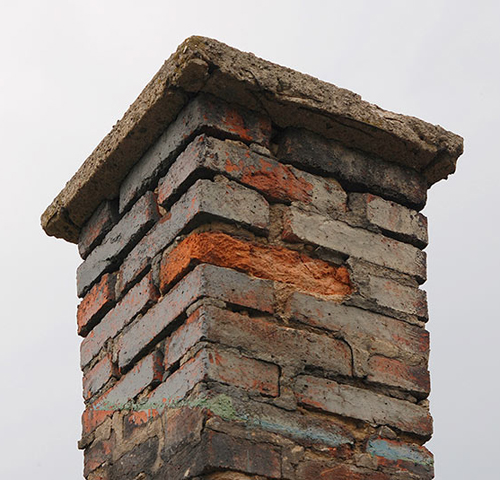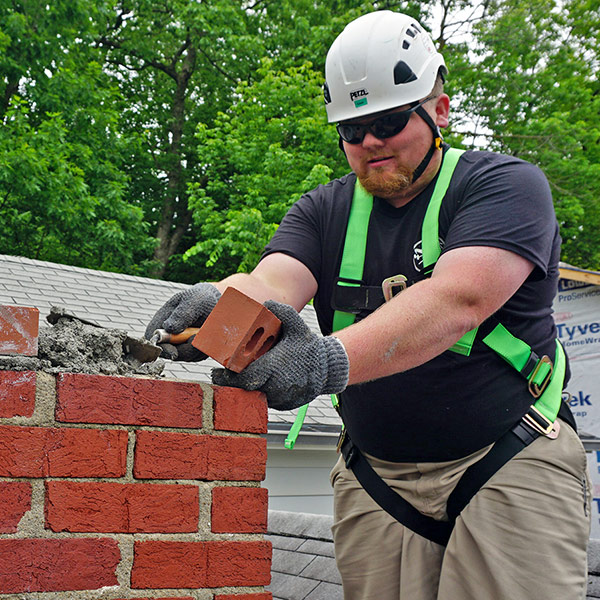The three levels of chimney inspections

Whenever anybody thinks of a fire in the fireplace then it brings images of warmth, comfort and safety. Nothing can be compared with the comfortable feeling of sitting by warm fire in your fireplace on a cold night at your home. At the same time, homeowners must not ignore fire safety. Before using your fireplace, make sure to go for chimney inspection and be sure to keep yourself away from any form of fire hazard. The three level inspections by National Fire Protection Agency (NFPA) and the standards laid down plays an important role for chimney company to base their work on them.
Level 1
One of the most common type of chimney inspection is Level 1. This level inspection seems to be appropriate if you are using your fireplace regularly without any problems. The chimney contractor ensure to examine the accessible chimney parts properly by using a flashlight. The flue can be viewed without using any special tool. The technician may use some of the common equipments like screwdriver, pliers to inspect the openings and this prevents any sort of damage to any finishes or structures.
The level 1 inspection inspects the portions of chimney interior, exterior like woodstove insert and other accessible portions of the chimney. This help to ensure that basic structure of the chimney is intact with no signs of damage. The technician verifies absence of obstructions or combustible material in your chimney and completes the fireplace repair.
Level 2
Sometimes, homeowners make changes in the way to use chimney such as changing the type of fuel used, repairing any form of damage done to chimney, relining the flue. Such types of changes require level 2 inspections. This inspection is more detailed than level 1. It includes the detail examination of all the portions inspected in level 1 and also includes inspection of the attic, crawlspace and other surrounding areas. The chimney technician uses a video camera to examine the flue and inspect for the presence of any cracks or damage in the entire chimney structure. The entire examination rules out the possibility of any permanent damage to the chimney.
Level 3
The most comprehensive form of chimney inspection is level 3. In addition to inspection of all the checks performed in level 1 and 2, level 3 inspects the hidden areas of the chimney as well. It includes the removal of certain parts of the chimney structure or building if required. The detail examination requires removal of some of the parts and such type of inspection is undertaken when anything indicates a critical damage to the chimney.
This post first appeared on https://www.firstclasschimneyservices.com

 Winter can be damaging to chimneys, especially in areas that experience above-average levels of precipitation. The freeze-thaw effect is the repetitive process of surface moisture freezing and thawing. It is a condition that usually occurs in winter and is especially damaging to porous materials like clay and cement that are used in the construction of
Winter can be damaging to chimneys, especially in areas that experience above-average levels of precipitation. The freeze-thaw effect is the repetitive process of surface moisture freezing and thawing. It is a condition that usually occurs in winter and is especially damaging to porous materials like clay and cement that are used in the construction of  Freeze-Thaw Chimney Repair
Freeze-Thaw Chimney Repair
